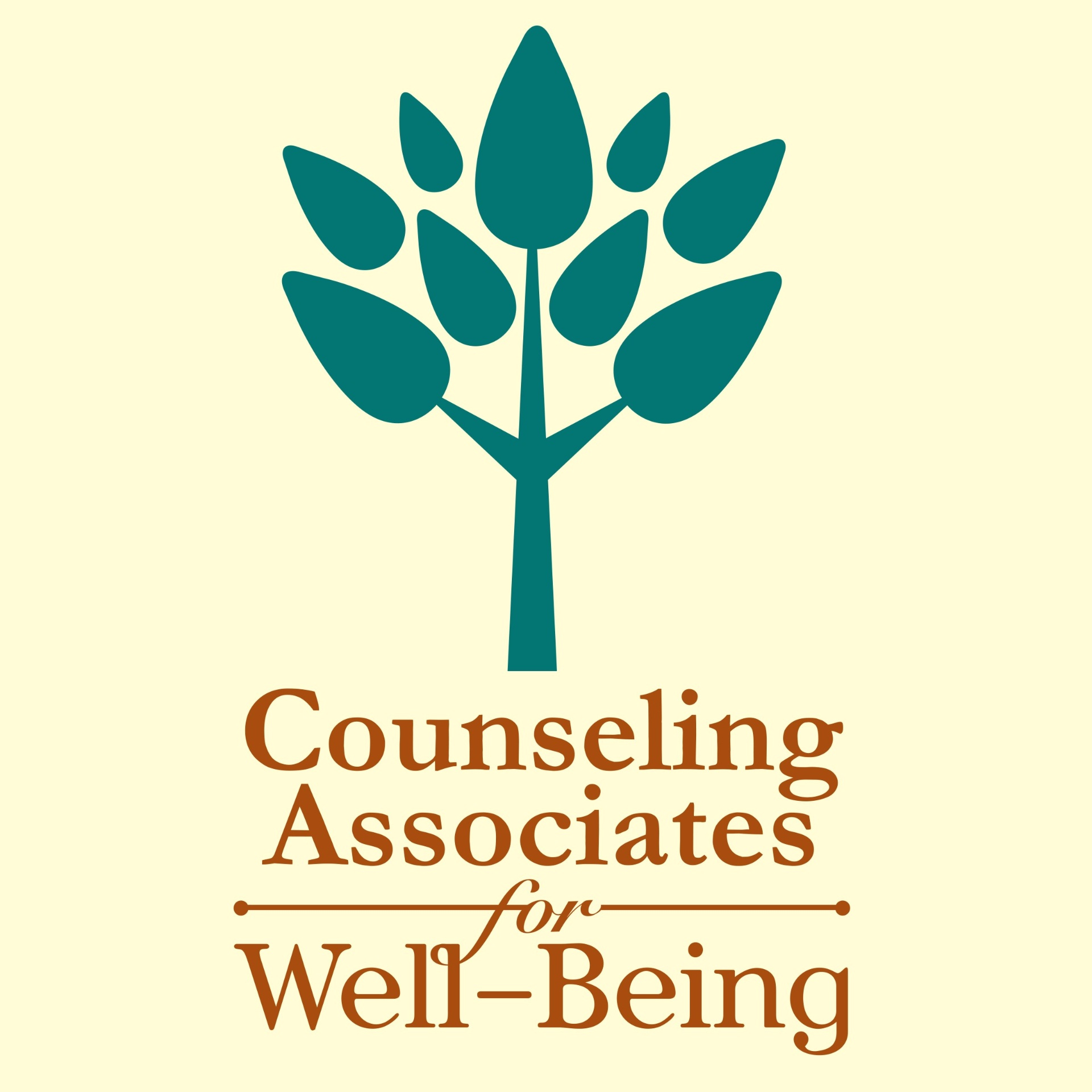Stuck in Time: Understanding the Freeze Trauma Response

Have you ever found yourself in a situation where you felt completely paralyzed—unable to speak, move, or even think clearly? Maybe you were in a stressful meeting, a heated argument, or even just standing in front of a crowd. Instead of reacting, your body seemed to betray you, freezing in place as if time itself had stopped. This moment of immobility, where your mind and body seem disconnected, is a common reaction to extreme stress or perceived danger. It’s known as the freeze response, and it’s something many people experience, often without fully understanding what’s happening to them.
This article will explore the freeze trauma response in depth, helping you understand why it happens, how it manifests in your daily life, and what you can do to move forward.
What You’ll Learn in This Article:
- What Is the Freeze Response?: A closer look at how and why this survival mechanism kicks in.
- Why Do People Experience the Freeze Response?: The connection between past trauma and current reactions.
- How to Recognize When You’re Stuck in Freeze Mode: Identifying the physical and emotional signs.
- Healing and Moving Forward: Practical steps and therapies that can help you regain your sense of safety and control.
- Counseling Associates for Well-Being: Discover how our experienced team can support you in navigating trauma responses and guide you toward healing.
If you’ve ever felt trapped by your own reactions, know that you’re not alone. Understanding the freeze response is the first step on your healing journey, and with the right support, you can find ways to break free from feeling stuck. Keep reading to learn more about this common, yet often misunderstood, reaction to stress and trauma.

Frozen in Fear: What Is the Freeze Response?
The freeze response is one of the body’s natural reactions to perceived danger, standing alongside the more widely known fight and flight responses. When faced with a threatening situation, our bodies are designed to protect us, often without conscious thought. While fighting back or running away might seem like obvious reactions, sometimes the body chooses a different route: freezing in place.
Research by the National Institute of Mental Health (NIMH) indicates that this response is part of the body’s automatic threat detection system, rooted in our survival instincts. According to the NIMH, nearly 6% of U.S. adults will experience PTSD at some point in their lives, with freeze being a common response to such traumatic events.
This automatic response can make a person feel like time has stopped, their mind and body caught in a moment of suspended animation. This is a common reaction to trauma or extreme stress, but it’s often misunderstood or overlooked.
Physiologically, the freeze response involves the nervous system going into overdrive. The sympathetic nervous system, which is responsible for the fight or flight reactions, is activated, but instead of preparing the body to move, it triggers a shutdown. Muscles tense, breathing becomes shallow, and the person may feel numb or detached from their surroundings. This reaction is an involuntary one, meaning it’s not something a person can control or decide against. It’s the body’s automatic attempt to protect itself, even if the threat is emotional rather than physical.
Signs of the Freeze Response
The freeze response can manifest in various ways, both physically and emotionally. Some common signs include:
- Physical immobility: Feeling stuck or unable to move, as though your body is frozen in place.
- Muscle tension: Tightly clenched muscles, often accompanied by a sensation of being locked in place.
- Shallow breathing: Breathing that becomes rapid or shallow, sometimes almost imperceptible.
- Numbness or detachment: A sense of being disconnected from your surroundings or your own body, sometimes described as a “blank stare.”
- Dilated pupils: The body’s heightened sense of awareness can cause pupils to dilate, even in normal lighting conditions.
- Loss of control: Feeling as though you can’t control your body or your reactions, leading to a sense of helplessness.
Additional Reading: Discover more signs of trauma in The Silent Unburdening: Signs Your Body Is Releasing Trauma.
Understanding that the freeze response is a natural reaction to overwhelming experiences can be the first step towards healing. It’s not a sign of weakness or failure, but rather an indication that your body is trying to protect you. By learning to recognize the signs and understanding why this response occurs, you can begin to explore strategies for moving forward and regaining a sense of control in your life.

Why Do People Experience the Freeze Response?
The freeze response is often rooted in past traumatic experiences. When someone has faced significant trauma, such as childhood abuse, sexual assault, or domestic violence, their body and mind can become conditioned to freeze when faced with situations that feel even remotely similar, even if they’re not actually dangerous. This is a common reaction among trauma survivors, as their nervous systems have been trained to respond this way in the presence of perceived danger.
Common triggers for the freeze response can include:
- Stressful situations: Even everyday stressors, like a difficult conversation with a partner, can activate this response.
- Reminders of past trauma: Sights, sounds, or even smells that recall a previous traumatic event can trigger the freeze response.
- Overwhelming emotions: Intense feelings of anxiety, panic attacks, or a sense of dread can cause someone to freeze.
The impact of the freeze response on daily life can be significant. It can lead to difficulties in relationships, where a person may struggle to communicate or assert themselves. At work, it can cause issues with decision-making or meeting deadlines. Over time, this response can contribute to chronic stress, mental health conditions like anxiety disorders, and a reduced quality of life.
Understanding these triggers and their effects is an important step towards healing. If you recognize these signs in yourself, know that support is available, and therapies like CBT or EMDR can help you regain control.
Exploring Other Trauma Responses: The Fawn and Flight Reactions
While the freeze response is one way our bodies react to trauma, it’s not the only one. People can also experience what’s known as the fawn or flight responses. Understanding these can give you a fuller picture of how trauma affects us and why we might react in certain ways.
The flight response is what happens when your instinct is to escape the situation. Imagine feeling a sudden urge to run away, avoid conflict, or distance yourself from a stressful environment. This reaction is your body’s way of trying to protect you by physically or emotionally removing you from what it perceives as danger. While sometimes useful, it can lead to chronic anxiety, avoidance behaviors, and difficulties in relationships or work.
On the other hand, the fawn response is less about escaping and more about trying to appease or please others to avoid conflict. If you find yourself constantly putting others’ needs above your own, saying “yes” when you want to say “no,” or feeling overly concerned with making others happy, you might be experiencing the fawn response. This can stem from past traumatic experiences, especially in relationships where you felt powerless or afraid of angering someone else.
Recognizing these responses is the first step in understanding your behavior and finding healthier ways to cope. Whether you’re noticing flight, fawn, or freeze tendencies in your life, there are treatments and strategies that can help you regain a sense of control and improve your overall well-being.
Healing Freeze Trauma Response
Healing from the freeze response involves more than just recognizing when it happens; it’s about creating a supportive environment that allows for recovery and growth. Support from friends, family, and mental health professionals is crucial. Surrounding yourself with understanding and patient people can make a world of difference as you work through your trauma responses.
Therapeutic approaches can be incredibly effective in addressing the freeze response and other trauma-related issues. Some of the most effective therapies include:
- EMDR (Eye Movement Desensitization and Reprocessing): Helps reprocess traumatic memories so they’re less triggering.
- CBT (Cognitive Behavioral Therapy): Focuses on changing negative thought patterns and behaviors.
- EFT (Emotionally Focused Therapy): Aids in improving emotional responses within relationships, particularly in attachment issues.
These therapies are backed by extensive research and have been shown to help trauma survivors regain a sense of control over their lives.
Practical tips for coping in the moment include:
- Grounding exercises: Techniques like feeling the floor beneath your feet or holding a cold object can help bring you back to the present.
- Mindfulness practices: Meditation and deep breathing exercises like 4-7-8 breathing can calm the nervous system. Try inhaling for 4 seconds, holding for 7, and exhaling for 8. This can reduce anxiety and help you feel more centered.
- Seeking professional help: Regular sessions with a therapist trained in trauma can guide you through your healing journey.
Additional Reading: Read more about Meditation and Mindfulness for Trauma Treatment.
By integrating these practices into your daily life, you can gradually reduce the frequency and intensity of the freeze response. Healing is a process, but with the right support and tools, it’s entirely possible to move forward and improve your quality of life.

Begin Your Healing Journey with Counseling Associates for Well-Being
At Counseling Associates for Well-Being, we specialize in helping people navigate a wide range of emotional and relational challenges. Whether you’re dealing with trauma, depression, or anxiety, our team is here to support you. We understand that life can present overwhelming experiences, but you don’t have to face them alone.
If you recognize yourself in any of the scenarios we’ve discussed—whether it’s feeling stuck in freeze mode, struggling with chronic stress, or dealing with anxiety—we encourage you to reach out. Professional help is available, and taking that first step towards healing can make all the difference in your quality of life. Our team is committed to helping you regain a sense of safety, control, and well-being in your life.
Don’t wait to get the support you deserve. Contact us today to schedule a consultation and start your journey toward healing and well-being.


The Eight EMDR Phases Explained
[…] Additional Reading: Trauma can take many forms. Read about Stuck in Time: Understanding the Freeze Trauma Response. […]
Best Test Anxiety Strategies for Stress-Free Exams
[…] Additional Reading: You should also read Stuck in Time: Understanding the Freeze Trauma Response. […]
Hot and Cold Relationship: 4 Powerful Ways to Handle It
[…] Additional Reading: Learn more about Stuck in Time: Understanding the Freeze Trauma Response. […]
EMDR for Anxiety: A Powerful Solution in 2024
[…] disorder, and navigating life transitions. Whether you’re struggling with negative beliefs or the aftermath of traumatic events, we’re here to […]
EMDR for OCD Changes Lives: 3 Amazing Benefits
[…] EMDR is an innovative form of therapy that helps rewire the brain’s response to traumatic events, making it a powerful tool for treating OCD. While OCD symptoms like repetitive behaviors and obsessive thoughts are often managed through behavioral therapy or cognitive-behavioral therapy (CBT), EMDR goes deeper by addressing the traumatic memories and emotional responses that may underlie these patterns. […]